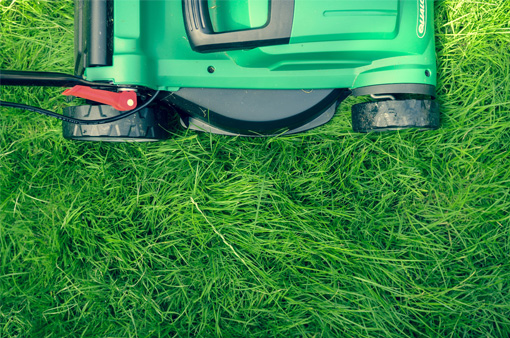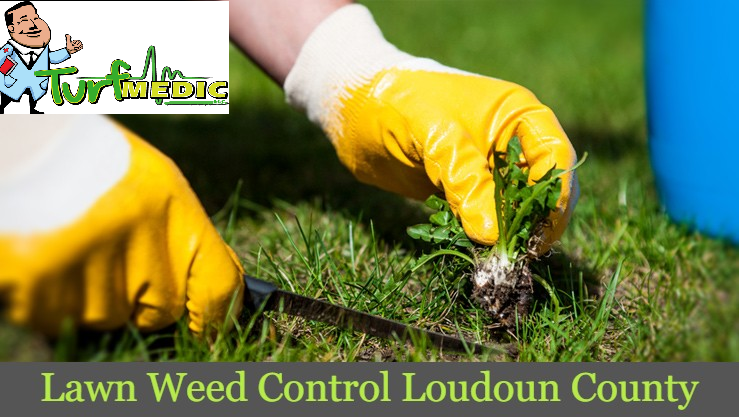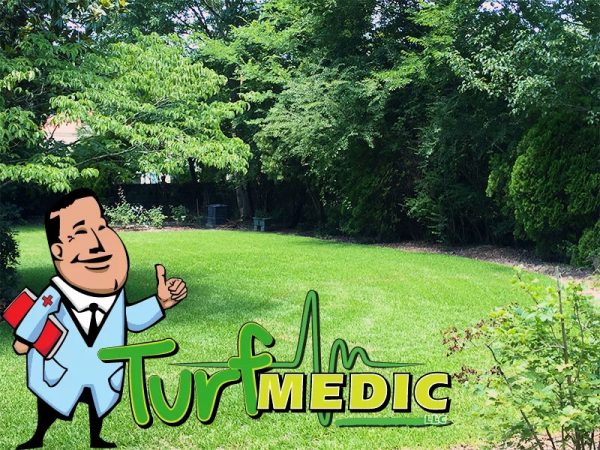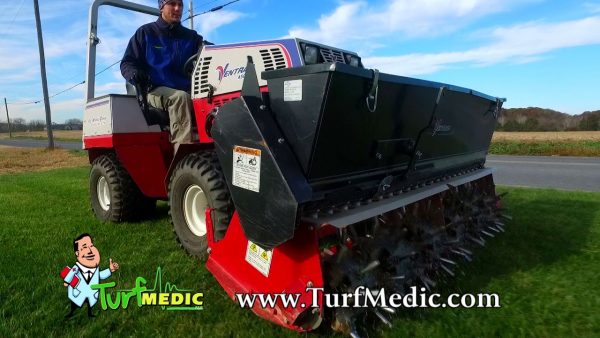Lawn Treatment Service | Lawn Care Services by Turf Medic
When it comes to lawn care, there are a few key considerations. Not only must you factor in the weather and temperature extremes, but you also need to consider local soil type. In general, though, most yards benefit from regular fertilization and mowing practices that keep your grass lush and healthy.
Fertilizing your lawn is especially important, as the state’s warm climate means that grass may need more nutrients than other parts of the country. To ensure you get the most out of your fertilizer, look for a product made specifically for use in southern states.
In addition to fertilizing your lawn regularly, you’ll need to mow it properly. The ideal height for most Floridian grass is about two and half inches high—any shorter one can damage the turf and leave it vulnerable to disease and pests.
Finally, it’s important to keep weeds at bay: certain weed species can be more active here than in other regions. Start by removing any weeds you see with a hoe or trowel, then apply a pre-emergent weed control product to keep them away in the future.
Proper lawn care requires regular fertilization and mowing practices, as well as occasional weed removal and prevention. When done properly, these factors will ensure your lawn stays lush and healthy year-round.
Call us today and ask for our lawn maintenance service.
Analyzing The Climate And Soil Conditions In Your Area to Learn More About Lawns
When it comes to taking care of your lawn, one of the most important steps is understanding the climate and soil conditions in your area. This will help us choose the best grasses for your location and develop a maintenance plan that works for your lawn. For instance, cool-season grasses like Kentucky bluegrass do well in cold climates but struggle in warm climates. Warmer climates are best suited for warm-season grasses like Bermuda or St. Augustine.

It’s also essential to consider your soil type and pH levels, as different grasses require different soil conditions in order to thrive. If you have clay soil, for example, you may need to aerate your lawn more often than if the soil is sandier. And if you have soil that has a high pH level, then you’ll need to add lime or sulfur in order to reduce the alkalinity and make it suitable for most grasses.
Analyzing your lawn’s climate and soil conditions is the first step towards creating a healthy and vibrant lawn— we take the time to do it right! Once we understand your lawn’s needs, you’ll be well on your way to establishing a successful maintenance plan.
Understanding Your Lawn’s Particular Needs
Another aspect of lawn care is understanding your lawn’s particular needs. At Turf Medic, we consider how much sunlight it gets, as well as the amount of water and fertilizer that it needs. Some grasses require more frequent mowing than others, while some need less frequent fertilizing. Taking the time to understand these details will help you provide your lawn with the best possible care.

We also keep an eye out for pests and disease, as they can quickly ruin your lawn if left untreated. For instance, grubs can easily damage grass roots while chinch bugs can cause yellow patches on the yard. If you live in an area that’s prone to these problems, then you may need to invest in a special grass treatment or pesticide in order to prevent them from taking over your yard.
Choosing The Right Type Of Grass For Your Yard
It’s important to choose the right type of grass for your yard. Different varieties of grasses have different service needs and characteristics. Some are more tolerant of drought or cold temperatures, while others may require more frequent mowing or fertilizing. Taking the time to research and learn about different varieties can help you select the one that will work best in your climate and soil conditions.
It’s also important to choose grasses that are compatible with the amount of maintenance you’re able and willing to perform. If your natural lawn gets a lot of sun or shade, then you’ll want to look for varieties that are suited for those conditions. The same goes if you don’t have much time available for mowing or fertilizing—choose grasses that don’t require as much maintenance.
By taking all of these factors into consideration, we can ensure that your lawn is healthy and well-maintained for years to come. With a little research and yard doctor effort, you can create the perfect lawn for your home!

Proper Care For Your Lawn By Mowing And Watering Regularly
Once we have worked with you to choose the right type of grass for your lawn, it’s important to properly care for it by mowing and watering regularly. Mowing helps keep your lawn healthy by removing dead or unruly blades, as well as preventing weeds from taking over. And while some people prefer to water their lawns manually with a hose or sprinkler, others find that using an automated irrigation system is more effective for their natural lawn care.
Regardless of how you water your lawn, it’s important to do so consistently and according to the specific needs of your grass variety. This will ensure that your lawn gets all the moisture it needs for optimal growth. And when it comes to mowing, be sure to use the appropriate height settings for your grass type—as this will help keep your lawn looking neat and well-groomed.
With the right combination of climate, soil conditions, grass variety, and regular maintenance, you can create a lush and vibrant lawn for your home. All it takes is some effort and dedication! So make sure to put in the time to properly care for your lawn—you’ll be glad you did in the end.
Understanding Fertilizers And The Types That Are Best For Your Lawn
Fertilizers are an important part of lawn care, as they help provide the essential nutrients that your grass needs to flourish. However, different areas and climates require different types of fertilizers—so it’s important to know what to look for when choosing one.
You’ll want to use one that contains slow-release nitrogen.

This type of fertilizer will help your lawn stay healthy and green throughout the year, as it gradually releases its nutrients over time. It’s also important to look for one that contains both phosphorus and potassium—these are essential nutrients that are often lacking in the soil.
By selecting the right type of lawn fertilization for your climate, you’ll be able to give your lawn the nutrients it needs to stay healthy and vibrant. Curious about the what is the best treatment for a lawn? Discover more by clicking the link!
So make sure to do your research before choosing one for your lawn!

Applying Herbicides, Insecticides, And Fungicides To Protect Against any Pest and Control Diseases
The last step in caring for your lawn is applying herbicides, insecticides, and fungicides to protect against pests and diseases. These products can help you prevent weeds from taking over your lawn as well as eliminate any pesky insects or fungi that may be causing problems.
It’s important to read the instructions on each product carefully, as improper use can result in damage to your lawn.
In addition to using these products, it’s also important to regularly inspect your lawn for any signs of pest or disease activity. Taking preventative measures will help you keep your lawn healthy and free of unwanted pests, so make sure to put in the time to do regular checks.
If you’re wondering how long you have to stay off the grass after a lawn treatment, click the link for more information.
By following these simple steps and remaining vigilant, you can keep your lawn looking its best all year round! With proper lawn care services and maintenance, you can create a lush and healthy lawn that’s the envy of your neighbors.

Investigating Alternative Services Such As Aeration Or Overseeding
If your lawn is still having trouble thriving, then you may want to investigate alternative treatments such as aeration or overseeding. Aerating allows more air, water, and nutrients to reach the grass roots—which can help promote growth. And overseeding is a great way to fill in any bare spots or patches of thin turf.
Both of these treatments can be beneficial for your lawn, so don’t hesitate to give them a try. With some research and dedication, you can find the best solutions for maintaining a healthy and vibrant lawn all year round!
Choosing The Right Weed Killer For Your Lawn
Weeds can quickly take over your lawn if they’re not properly managed. That’s why it’s important to choose the right weed killer for your specific needs. Some weed killers are designed to target one type of weed, while others may be more effective on a variety of different types. Make sure to read the instructions carefully before applying any product, as using the wrong type can damage your lawn.

It’s also important to apply the weed killer at the right time of year—usually in early spring or late summer. And if you’re using a pre-emergent herbicide, make sure to wait until all danger of frost is gone before applying the product. Following these tips will help ensure that you get the best results when it comes to eliminating weeds from your lawn.
By following these basic tips and using the right products, you can keep your lawn looking healthy and weed-free all year round! With a little bit of effort, you can create a lush and vibrant oasis in your own backyard. So get to work—you won’t regret it!

Staying Up-To-Date With The Latest Lawn Care Service Tips And Techniques
It’s important to stay up-to-date with the latest tips and techniques for lawn care. The world of lawn care is ever-evolving, so it’s important to read up on new advances in grass varieties and maintenance techniques in order to keep your lawn looking its best. Joining a local gardening club or reading up on online forums can help you stay on top of the latest news and trends in lawn care.
By following these tips, you can keep your lawn looking lush and green for years to come! With a little knowledge and effort, you can have a beautiful lawn that will be the envy of your neighbors. So get started today—your perfect lawn awaits!
Frequently Asked Questions
How much do most lawn services cost?
Lawn treatment service costs vary significantly based on factors like lawn size, treatment complexity, geographic location, and service frequency. Smaller residential properties typically require less investment than larger lawns, and basic packages cost less than comprehensive treatment programs. Most companies offer seasonal packages that provide better value than individual treatments. Get accurate pricing with our lawn treatment service cost breakdown and pricing factors guide.
What does lawn treatment include?
Professional lawn treatment typically includes fertilization, weed control, and grub control delivered through strategically timed visits throughout the growing season. Basic packages cover standard fertilization and weed control, while comprehensive packages include specialized treatments like pest control, aeration, and soil amendments. Most services also provide soil testing and seasonal adjustments. Discover everything included in comprehensive lawn treatment service packages with our complete service breakdown.
How often should you treat your lawn?
Most professional lawn treatment services provide multiple visits per year, perfectly timed throughout the season for optimal results. Treatment frequency depends on your grass type, local climate, and lawn condition, but typically includes spring activation, summer maintenance, and fall preparation treatments. Regular scheduling ensures consistent nutrition and protection throughout the growing season. Find your perfect schedule with our lawn treatment frequency and timing guide.
Is professional lawn treatment worth it?
Professional lawn treatment is often worth the investment for homeowners seeking consistent results without guesswork. Professional services include expert soil analysis, commercial-grade treatments, and satisfaction guarantees, typically delivering healthier lawns faster than DIY methods. The preventive approach helps stop problems before they start, saving money on costly repairs later. Explore the benefits of professional lawn treatment vs DIY approaches in our comprehensive comparison.
When is the best time to treat your lawn?
The optimal timing for lawn treatment depends on your grass type and local climate. Cool-season grasses benefit from early spring and fall treatments, while warm-season grasses perform best with late spring and summer applications. Pre-emergent treatments must be applied before weeds germinate, making timing critical for success. Spring focuses on growth activation, summer on maintenance, and fall on winter preparation. Master the timing with our seasonal lawn treatment schedule and application guide.
Turf Medic is Your Lawn Care Services Provider in Northern Virginia, Maryland, and Pennsylvania

